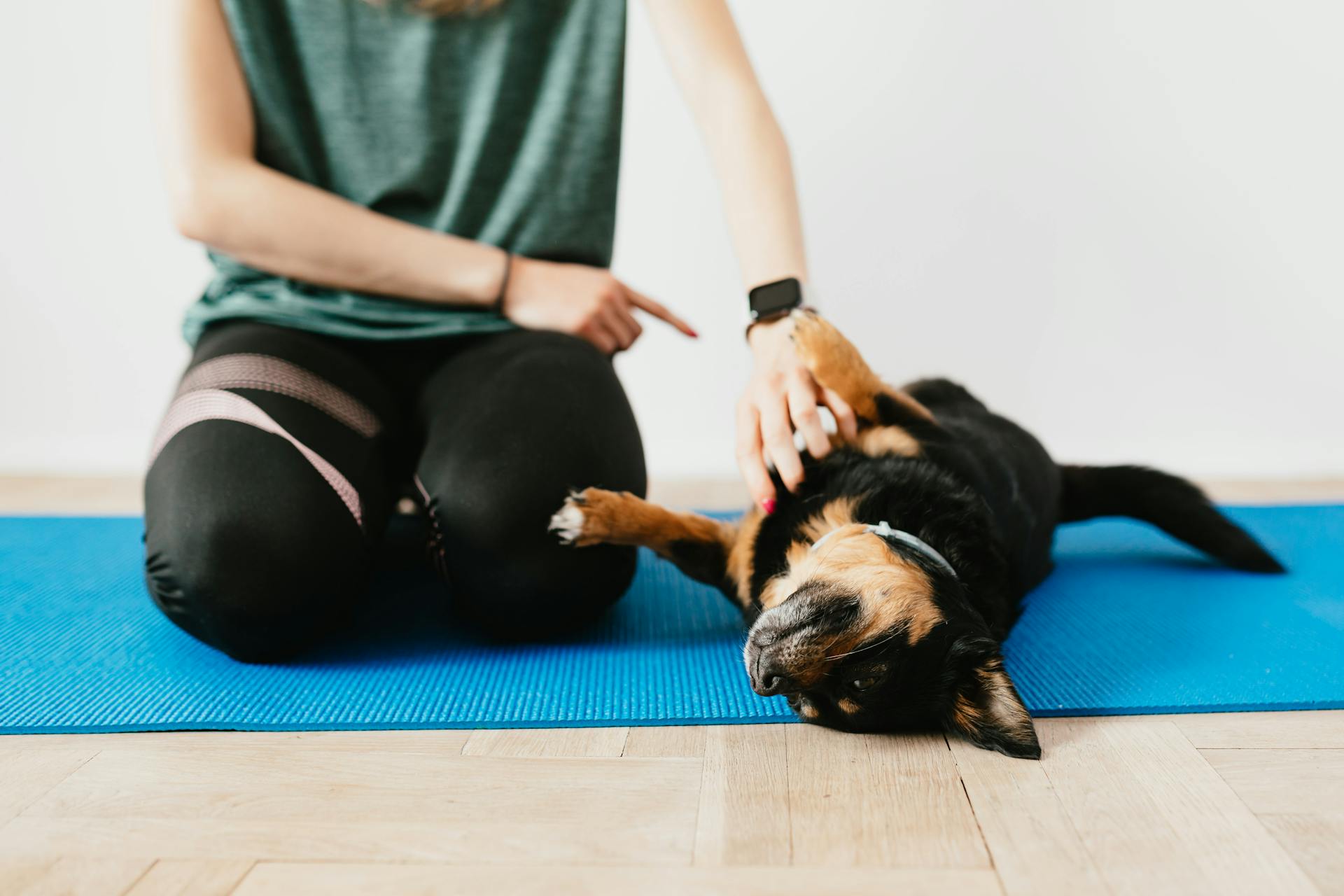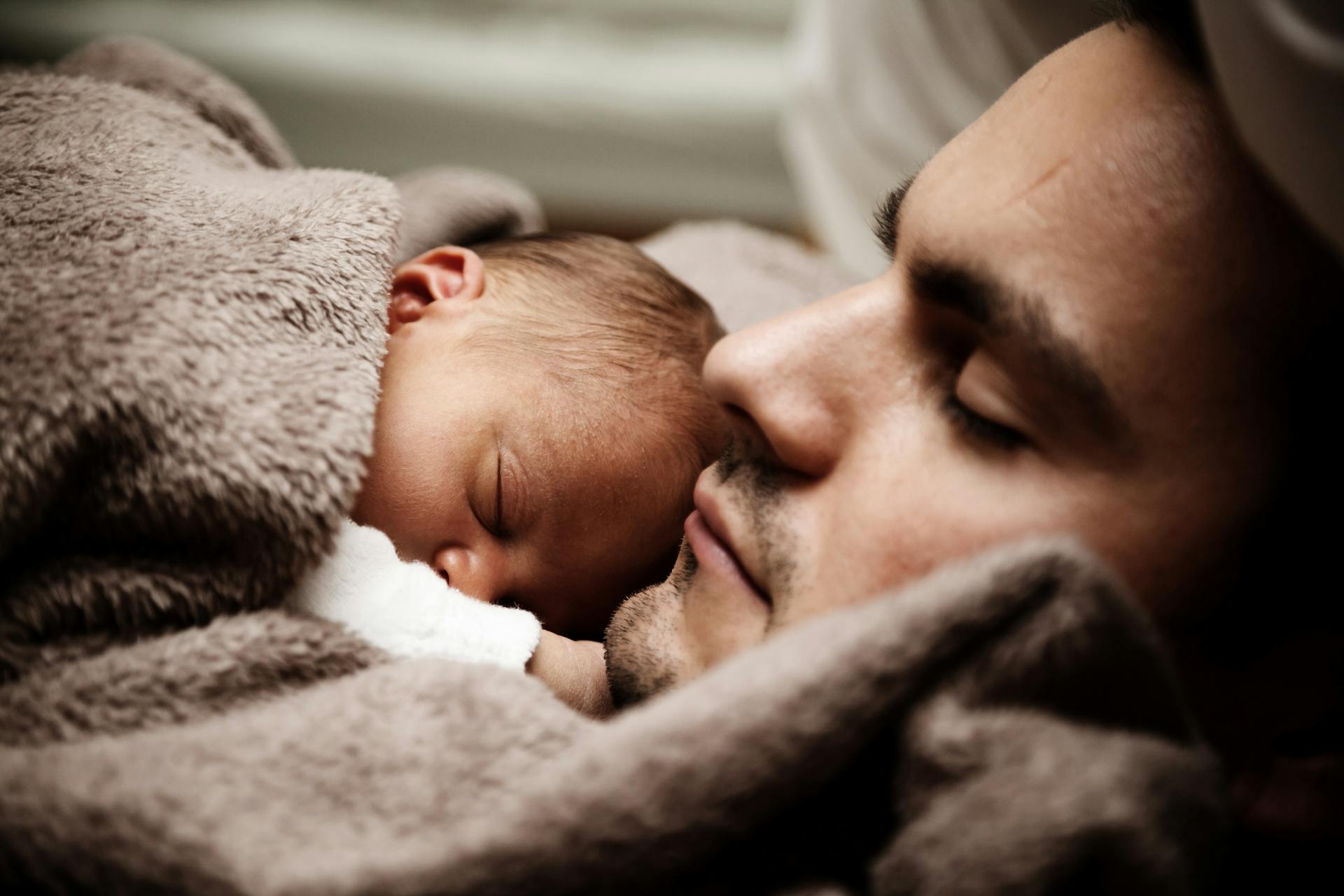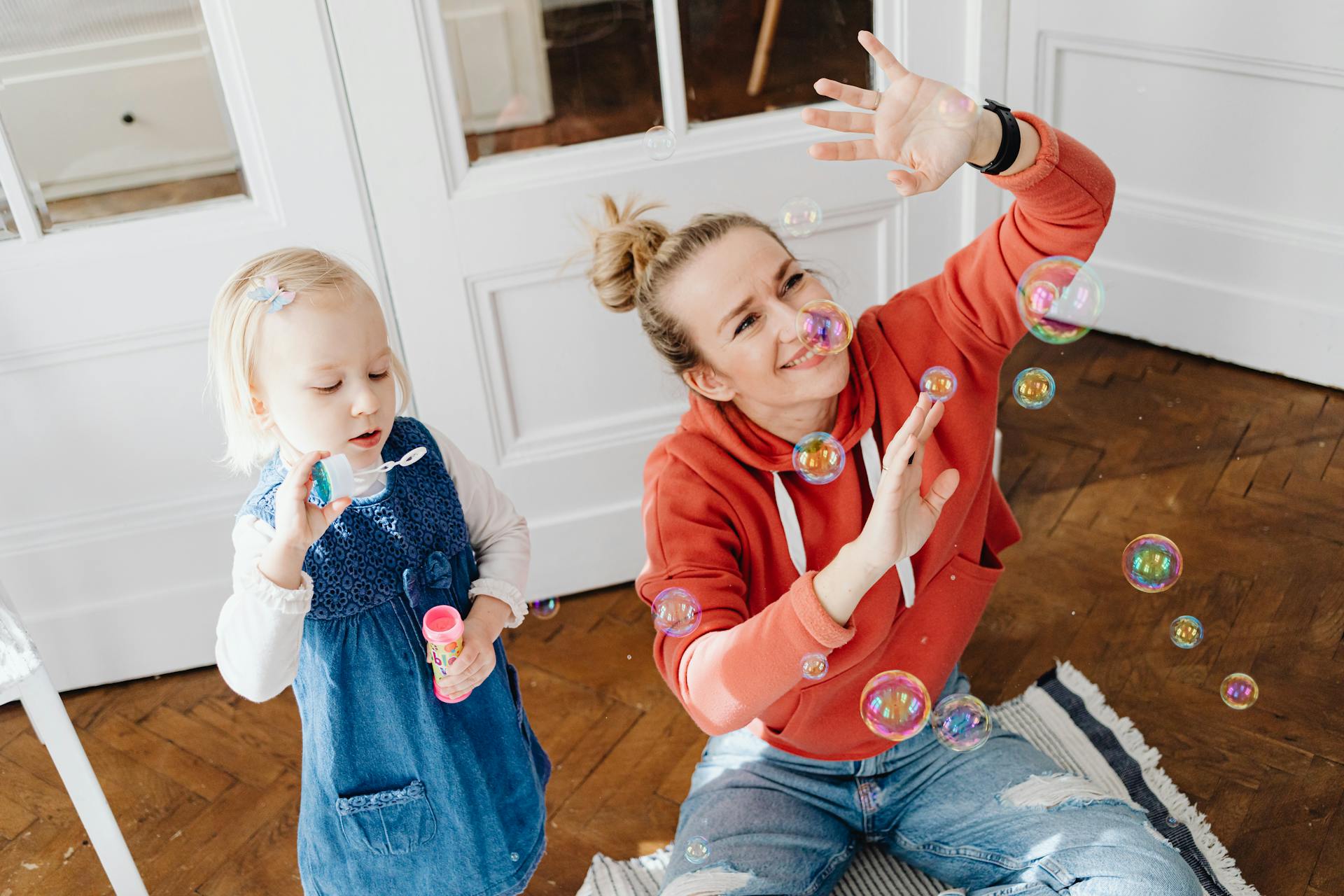
The Bubble Theory dog training method is a game-changer for many dog owners. This approach focuses on creating a safe and controlled environment, or "bubble", that allows your dog to learn and grow without feeling anxious or overwhelmed.
In a bubble, your dog is surrounded by clear boundaries and expectations, which helps them develop self-confidence and self-control. By doing so, your dog becomes more responsive to commands and less likely to engage in unwanted behaviors.
A key principle of the Bubble Theory is that dogs learn best in short, manageable sessions. This is because dogs have short attention spans and can become easily distracted. By keeping training sessions brief, you can keep your dog engaged and focused.
In a bubble, your dog is also encouraged to make mistakes and learn from them. This approach helps your dog develop problem-solving skills and builds their resilience in the face of challenges.
Suggestion: How Long Should Dog Training Sessions Be
Understanding Bubble Theory
Bubble theory dog training is not your typical technique, it's about recognizing the boundaries and communication preferences of your pet.
The key to this training method is to understand that every dog has a personal bubble that needs to be respected, and that's where positivereinforcement comes in.
By using nonverbal cues and being consistent, you can help your dog learn to trust and respond joyfully.
This theory fosters a peaceful home where you and your dog can live happily ever after.
The bubble analogy is helpful because it shows how fragile a dog's confidence can be, and how easily it can pop if you push hard at its limits.
Bubbles are fragile, they pop easily, and that's a good way to appreciate the importance of applying counter conditioning techniques gradually.
Suggestion: Bubble Theory
Preparation and Assessment
Determine whether your dog is apprehensive or anxious to adapt your strategy and win their trust. Understanding your dog's temperament and behavior is essential to determining their needs.
Your dog's reactions to different stimuli and circumstances can help you modify your training methods to build confidence and trust. Pay attention to how they respond to new situations.
As you start Bubble Theory Dog Training, it's essential to progress gradually, providing harder tasks and directives at your dog's comfort level.
First Step: Assess Needs
Assessing your dog's needs is the first step in Bubble Theory Dog Training. Understanding whether your dog is apprehensive or anxious is crucial to adapting your strategy.
Your dog's temperament and behavior are essential to determining their needs, especially when considering Bubble Theory Dog Training. This stage guarantees that you meet their specific needs and comfort zones.
Pay attention to your pet's reactions to different stimuli and circumstances to modify your training methods. By doing this, you can help your dog develop confidence and trust.
Determine the underlying causes of anxiety and fear in your dog to effectively address fearful behaviors using Bubble Theory Dog Training.
Progress Gradually: An Important Step
Progressing gradually is a crucial aspect of Bubble Theory Dog Training. This approach helps your dog build confidence and trust in you and their surroundings.
As your dog gains self-assurance, progressively provide them with harder tasks and directives. This allows them to develop problem-solving skills and learn to navigate challenging situations.

It's essential to remember that every dog is different, and their comfort level will vary. Be patient and kind as you work with your dog, and adjust your training methods accordingly.
Here are some key points to keep in mind when progressing gradually:
- Start with small, manageable steps
- Gradually increase the difficulty level
- Pay attention to your dog's body language and reactions
- Adjust your approach as needed to maintain a positive and stress-free environment
By progressing gradually, you'll help your dog develop the skills and confidence they need to overcome fearful behaviors and become a well-adjusted, happy companion.
Training Process
The training process for bubble theory dog training is a gradual and gentle approach.
First, you'll need to establish a strong bond with your dog, which is built on trust and clear communication. This is achieved through regular walks and playtime, as mentioned in the "Building Trust" section.
Next, you'll introduce the concept of bubbles, which are used to create a fun and engaging training environment. According to the "Bubble Theory" section, bubbles help to distract and redirect your dog's attention away from undesired behaviors.
Your dog will learn to associate the bubbles with positive reinforcement, such as treats and praise. As you'll see in the "Positive Reinforcement" section, this approach encourages good behavior and discourages bad behavior.
As your dog becomes more comfortable with the bubbles, you can start to introduce more complex commands and behaviors. The "Gradual Progression" section explains how to gradually increase the difficulty of the training exercises to keep your dog engaged and challenged.
Throughout the training process, it's essential to be patient and consistent. With time and practice, your dog will learn to respond to the bubbles and follow commands with ease.
Broaden your view: Negative Reinforcement Dog Training
Safe Environment
Creating a safe environment is crucial for successful bubble theory dog training. This involves setting up a quiet, stress-free space that is free of outside distractions or triggers.
To help your dog feel secure, use training techniques that are gentle and in line with bubble theory dog training. Provide access to water and cozy bedding to encourage relaxation.
A schedule can help your dog feel secure in their environment by establishing a routine. This can be especially helpful for fearful dogs who may feel anxious without a predictable routine.
Respecting your dog's personal space is also essential for creating a safe environment. This means letting them come to you at their own speed, rather than forcing interaction.
Benefits and Outcomes
The bubble theory dog training approach can render several benefits to the overall bond between you and your dog.
Using this theory can improve the bond between you and your dog.
By letting your dog learn at their own speed and respecting their boundaries, this behavior theory for dogs gives dogs the confidence and security to feel more comfortable in their surroundings.
This approach empowers dogs, allowing them to feel more secure and confident in their environment.
See what others are reading: Unbreakable Bond Dog Training
Applying Bubble Theory
You may be wondering if you really need bubble theory dog training. Starting with whether you need it in the first place can help you determine if it's right for you.
Bubble theory training can be especially helpful if you have a high-energy dog that needs to learn how to calm down in stressful situations.
Applying

Applying bubble theory training can be a game-changer for you and your furry friend.
You need to start by determining whether you actually need bubble theory training in the first place.
Fit In
To fit in with your dog's comfort level, you need to understand their bubble. Their bubble is the amount of personal space they need around them to not feel threatened by things they're scared of.
Dogs right at the edge of their bubble put them on alert. This is where the anxiety starts to build.
Other dogs that come inside their bubble trigger a powerful reactive response, to try and drive them back out again. This response is a natural defense mechanism for dogs.
The amount of space they need around them can vary greatly from one dog to another.
Worth a look: Conditioned Emotional Response Dog Training
Who Can Benefit
Dogs who can benefit from bubble theory training are reactive dogs with specific, identified fears.
These dogs often exhibit early warning signs of anxiety or fear, such as nose licking, rapid blinking, or yawning.
Some common early signs include turning their head away, 'whale eye' glances, and sitting in a fidgety, agitated way.
If your dog is showing signs of a fearful reaction to something, bubble theory might help you with counter conditioning.
Here are some specific signs of a fearful reaction in dogs:
- Nose licking
- Rapid blinking
- Yawning
- Turning their head away
- ‘Whale eye’ glances
- Turning their body away
- Sitting in a fidgety, agitated way
- Pawing the ground
- Trying to move out of the way
- Ears turned backwards
- Crouching in a standing position
- Tucking their tail under
- Lying on their side with one back leg raised
- Freezing in a rigid pose
- Staring
- Barking
- Growling
- Snapping
- Biting
Frequently Asked Questions
What is the bubble technique for dogs?
The bubble technique for dogs involves creating a calm and relaxed environment to help them learn and overcome reactivity and fearfulness. By doing so, dogs can reach a state of emotional balance, making training more effective and enjoyable.
What is the dog train theory?
Our dog training system is based on Classical Conditioning, a reward-based approach that helps dogs learn associations between events and develop motivation
What are the learning theories for training dogs?
Dogs learn through associative learning, which involves linking stimuli with consequences they like or dislike, categorized into two main types: classical and operant conditioning. Understanding these theories is key to effective dog training and building a strong bond with your furry friend.
Featured Images: pexels.com


